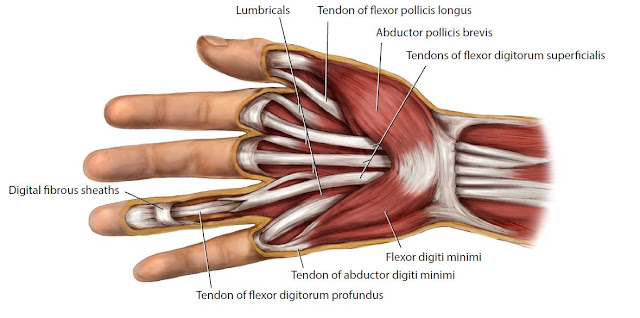Artistic illustrations are the oldest form of communication. For decades, medical illustrators have created images that have explained anatomy, biology, surgical procedures and sciences that are difficult to conceptualize or physically impossible to see. Medical illustrators can depict cellular processes or internal surgical procedures with dynamic yet comprehensible visuals. As medical practices change and new scientific discoveries are made, medical illustrators adapt to these shifts and provide the necessary visual tools to educate, clarify and solve communication problems in the industry.
The importance of a medical illustrator to have a strong background in artistic, medical and scientific education is crucial to the growing field of medicine and brings enormous value as a professional. The values of a medical illustrator are based on the ability to problem solve, the capability to adapt to challenging situations and the intelligence to innovate explore new ideas to visually communicate.
Who is a medical illustrator?
A medical illustrator is a highly skilled professional artist with the ability to visually communicate and problem solve. Most medical illustrators have acquired a master’s degree from an accredited graduate program. The experiences gained during the duration of the program contribute to the capacity to find new ways to effectively communicate with a variety of people. Medical illustrators will attend lectures that involve working along side medical students. The course load includes human anatomy, clinical studies and cadaveric dissections that strengthen their knowledge of the human body. Histology and pathology are studied to gain a better understanding of the cellular processes and medical anomalies within the body’s systems.
 Problem Solving
Problem Solving
With this education and understanding, a medical illustrator possesses the skills to problem solve and communicate at a healthcare professional level. Medical illustrators work with surgeons to illustrate a specific surgical procedure, collaborate with medical legal firms to create illustrations for surgical malpractice trials and they can produce effective visuals for pharmaceutical companies.
Flexibility and Versatility
A medical illustrator’s creative versatility and flexibility help them overcome obstacles. Illustrators can capture a mood, atmosphere or emotion that appeals to a specific audience. This can improve the effectiveness of communications that lack and are limited by text and words. They can illustrate new devices or procedures that are only conceptual and can focus on a certain feature that otherwise would be overlooked. Medical illustrators explore new, innovative ways to create compelling images that fuel a technology driven society. They generate 2D, 3D and interactive visuals that cater to a technology driven society.
Innovative
As a professional, the value of a medical illustrator is endless. Medical illustrations provide more than a photograph or simple text. As a medical illustrator the abilities to problem solve, be versatile and thrive on new ideas and innovations, makes us indispensable.



Comments
Post a Comment